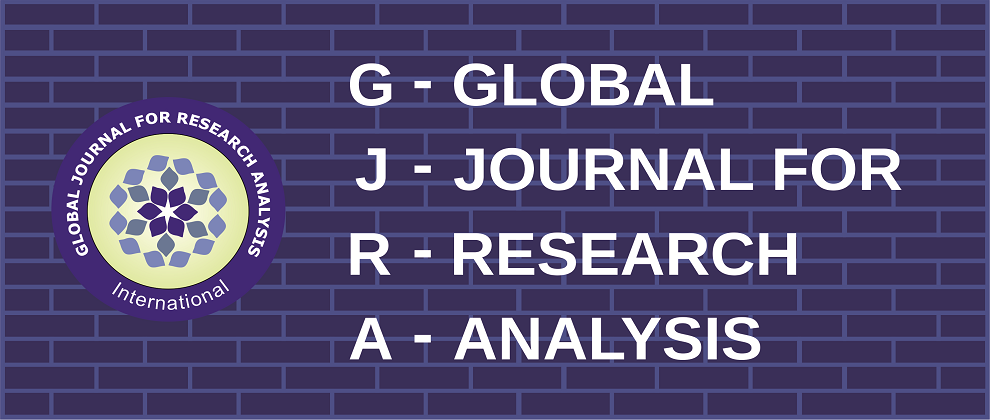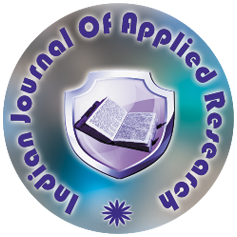Volume : 5, Issue : 1, January - 2016
Genetic analysis of seed yield and quantitative traits in pigeonpea (Cajanus cajan L. Millsp.)
M. B. Parmar, K. B. Kathiria
Abstract :
<p>Success of eeding programme depends upon the nature of gene action involved in controlling the traits. Hence, the present study was conducted using six generations (P1, P2, F1, F2, B1 and B2) of the crosses T 15-15 × BSMR 853, AVPP 1 × LRG 41, AGT 2 × ICP 8863 and GT 101 × ICPL 84060 of pigeonpea to know significance of additive-dominance model, nature of gene action, heterosis and ineeding depression. The individual scaling test and χ2 value of joint scaling test was significant with all the crosses for most of the quantitative traits. Non-additive gene action was important for seed yield per plant while additive and non-additive effects were found to be more pronounced for yield contributing traits. Dominace x dominance inter-allelic interaction (l) was more important than additive x additive (i) for the traits days to 50 per cent flowering, days to maturity, plant height, primary anches per plant, pods per cluster and harvest index in most of the crosses. Therefore, reciprocal recurrent selection or heterosis eeding was suggested to improve the seed yield in pigeonpea. Complementary gene action was present in most of the traits with few exhibiting duplicate gene action.The cross GT 101 x ICPL 84060 depicted significant and beneficial heterotic effects for seed yield. The estimates of ineeding depression were noticed significant and in desired direction for the traits plant height, pods per plant, pod length, 100 seed weight and harvest index</p>
Keywords :
Article:
Download PDF Journal DOI : 10.15373/2249555XCite This Article:
M. B. Parmar, K. B. Kathiria Genetic Analysis of Seed Yield and Quantitative Traits in Pigeonpea Global Journal For Research Analysis, Vol: 5, Issue: 1 January 2016


 MENU
MENU

 MENU
MENU

